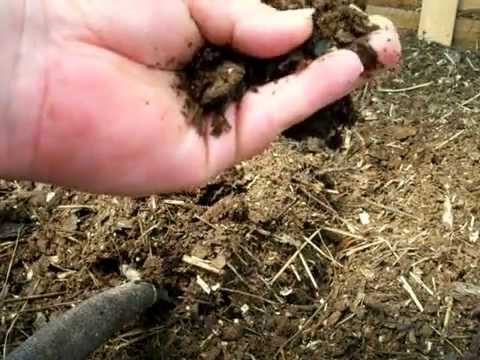I would not count on any heat from that dry litter to keep the temperature up. It is more the insulation value that will help with the temperature.
I beg to differ on this, I have run my hands through my deep litter in the winter months and it's clearly above ambient temps once you dig down a bit so it's obviously helping with the temp in the coop over and above it's insulation value... How much heat it's generating is certainly open to debate and will likely vary greatly depending on the individual setup...
This article is about deep litter for cows, not chickens, but if offers some insight on the heat generation, scroll down to Figure 1... They were measuring deep litter bed temps in the 75°F range at about 9" depth during ambient freezing temps, that is a lot of heat IMO...
http://www.ncbi.nlm.nih.gov/pmc/articles/PMC4283184/




